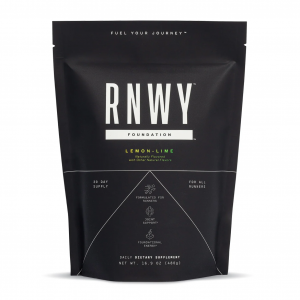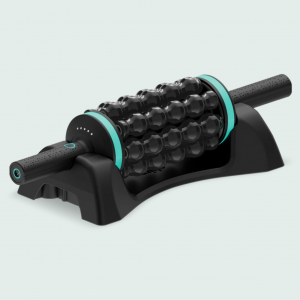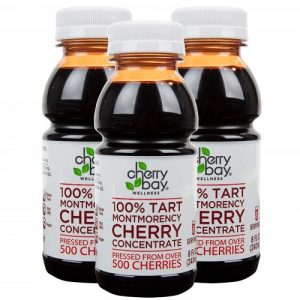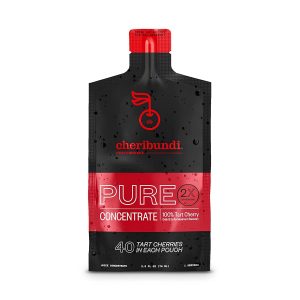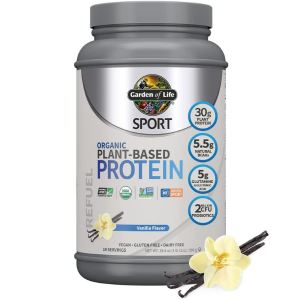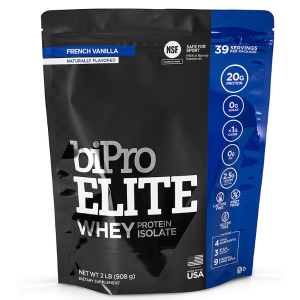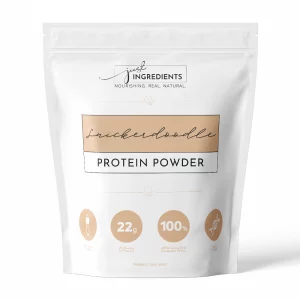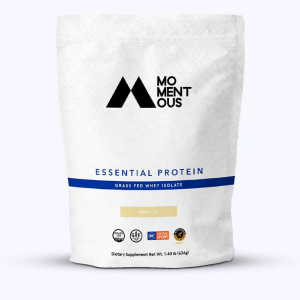Recovery Series Part III: Recovery Nutrition for Injuries
In parts one, two and three of this series, we looked at how eating and supplementing right can help you recover from endurance and strength sessions. Nutrition is undoubtedly important when you’re healthy, feeling good, and training hard. But it’s equally as crucial when injury stops you in your tracks. That’s what we’ll take aim at in today’s article.
Maintaining energy balance and avoiding muscle loss
The biggest mistake I see clients making with their post-injury recovery nutrition is underfueling. This is often born of the belief that “I’m not training so I need to eat way less, right?” Wrong! Although you’re not moving as much so you won’t be burning through as much energy as usual, your resting calorie needs are greater than you think. This is due to having more lean mass and a higher metabolism than a sedentary person, plus, your body has nutritional needs to help repair the damage from your injury.
Consuming adequate nutrition is imperative so you don’t sink into a calorie deficit, which can lead to delayed recovery, weight and muscle loss, hormone disruption, and more nasty side effects. A paper published in Nutrients stated that “During rehabilitation, simultaneous carbohydrates and protein intake can inhibit muscle breakdown and muscle atrophy.” This combo will also keep your energy level high, stabilize your mood, and support your healing process.
When you’re injured, you actually need around 20 percent more protein to promote healing, which is why the study authors recommend getting as much as two grams per kilogram of bodyweight daily. Shoot for 20 to 40 grams per meal, adding in a complete protein supplement if necessary. The amount of carbs you need might dip a little, but they’re still your primary energy source, so include them in all meals and snacks and adjust portion sizes to take into account your lower activity level, without cutting back too far.
Tackling inflammation
The researchers also mentioned getting sufficient fat during your return-to-running process. This is valuable from an energy perspective, as it contains nine calories per gram versus four for protein and carbs. Fat is also used in the repair of joints and soft tissues. While you might not need quite as much total fat as when training hard, eating more omega-3 fatty acids can be beneficial. Initially, inflammation is necessary to prompt the healing process, but if prolonged, it can hinder healing. This is when omega-3s can be beneficial. They’re found in plant sources like flax & chia seeds, walnuts, and almonds; although, fish provides higher levels of EPA and DHA, along with micronutrients involved in the healing process, such as copper. You may consider a marine-sourced supplement daily to ensure you’ll get enough.
Once you’ve moved out of the acute inflammation phase right after injury, tart cherry juice could be another useful supplement. Its active compound, anthocyanin can help decrease inflammation and reduce joint and muscle pain.
Healing soft tissue and bone injuries
The two most common types of acute injuries suffered by runners are bone issues such as stress fractures and injuries to soft tissues like muscles, ligaments, and tendons. Both require the fuel supplied by the balanced diet described earlier. You can support the healing of a bone injury by ensuring that you get enough calcium, vitamin D, and vitamin K, all of which are vital to bone health and growth. Dutch researchers found that low vitamin D levels delay bone injury recovery, and other studies have shown that they greatly increase the risk of stress fractures. If it’s consistently sunny where you live, then you might get enough D just by being outside, but with winter closing in, you may need 2000 IU a day in supplement form just to be sure. If you are vitamin D deficient, you will likely need a higher dosage supplement. Fatty meats, leafy greens, and broccoli are all good sources of vitamin K, and some vitamin D supplements include it. If you eat 3 serving of dairy per day on average, you’re probably getting enough dietary calcium, and if not, look for fortified non-dairy alternatives or a calcium supplement.
Soft tissue injuries typically heal quicker than bone damage, but blood flow to ligaments and tendons is much lower than to muscles, so they can be tricky to rehabilitate. Taking a combination of collagen – which is a key component of soft tissues – and vitamin C 30 to 60 minutes before whatever exercise you’re cleared to do can help. Australian researchers found that combining this supplement with calf strengthening exercises enabled participants to recover faster from Achilles tendinopathy. Vitamin A – which you can find in sweet potatoes, carrots, and bell peppers – also plays a part in collagen formation.
To promote injury recovery, make sure you’re getting enough total calories, protein and carbs to support healing, maintain energy balance, and prevent muscle loss. Include enough total fat and boost your intake of omega-3, supplementing if necessary. Also consider taking collagen with vitamin C to support soft tissue healing and ensure you’re getting enough calcium, vitamins D and K to promote bone repair.
Check back next week for a new post on how and when to use caffeine to boost your training and racing.
Need help to nail your recovery nutrition? Check out our Recovery page w/ Recovery Calculator, 1-on-1 and group coaching options.
1. Sousana K. Papadopoulou, “Rehabilitation Nutrition for Injury Recovery of Athletes: The Role of Macronutrient Intake,” Nutrients, August 2020, available online at https://www.ncbi.nlm.nih.gov/pmc/articles/PMC7468744. 2. EA Gorter et al, “Vitamin D Status and Adult Fracture Healing,” Journal of Clinical Orthopaedics and Trauma, 2017, available online at https://pubmed.ncbi.nlm.nih.gov/28360494. 3. Stephen FE Praet et al, “Oral Supplementation of Specific Collagen Peptides Combined with Calf-Strengthening Exercises Enhances Function and Reduces Pain in Achilles Tendinopathy Patients,” Nutrients, January 2019, available online at https://www.mdpi.com/2072-6643/11/1/76.
Disclaimer: The content in our blog articles provides generalized nutrition guidance. The information above may not apply to everyone. For personalized recommendations, please reach out to your sports dietitian. Individuals who may chose to implement nutrition changes agree that Featherstone Nutrition is not responsible for any injury, damage or loss related to those changes or participation.




